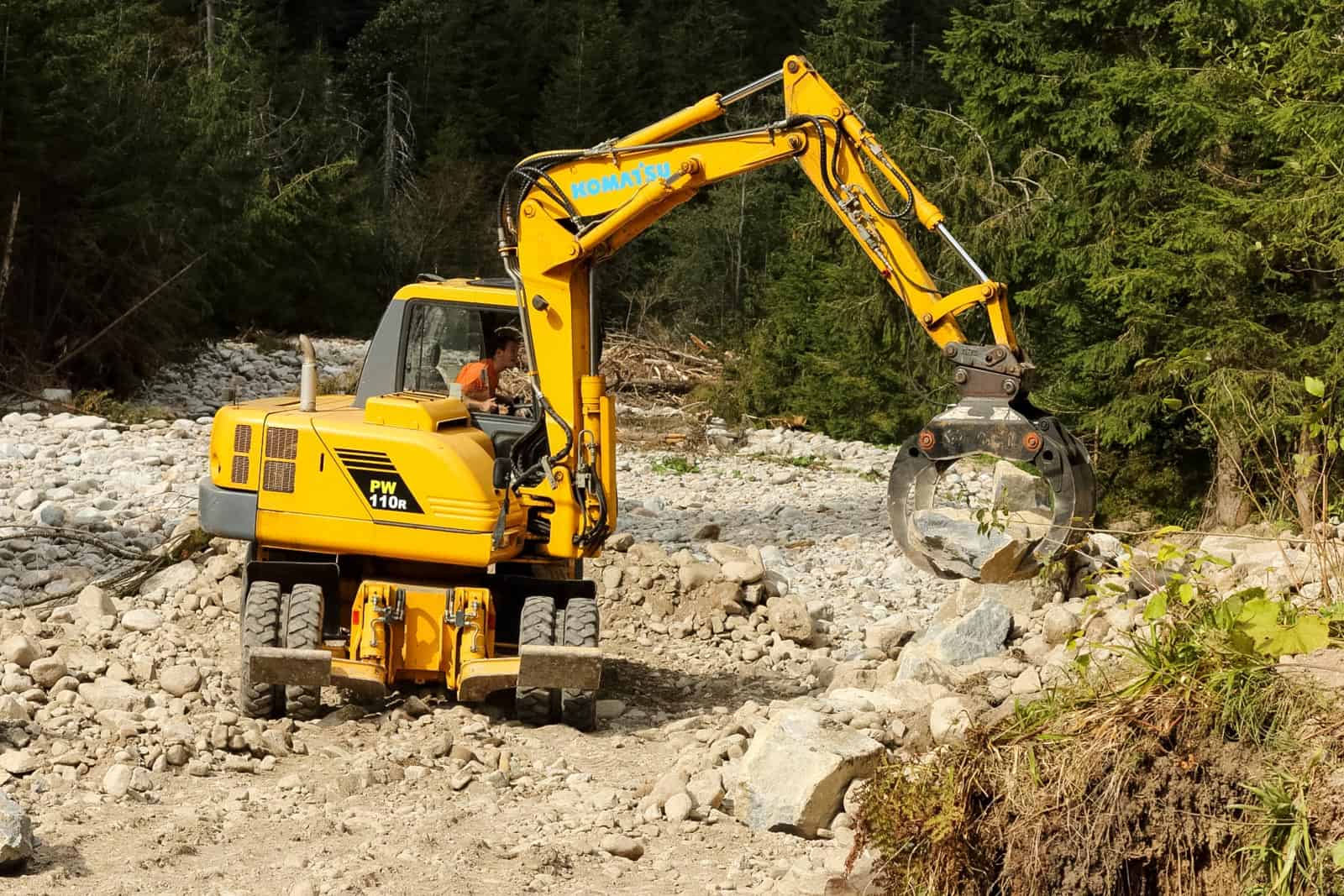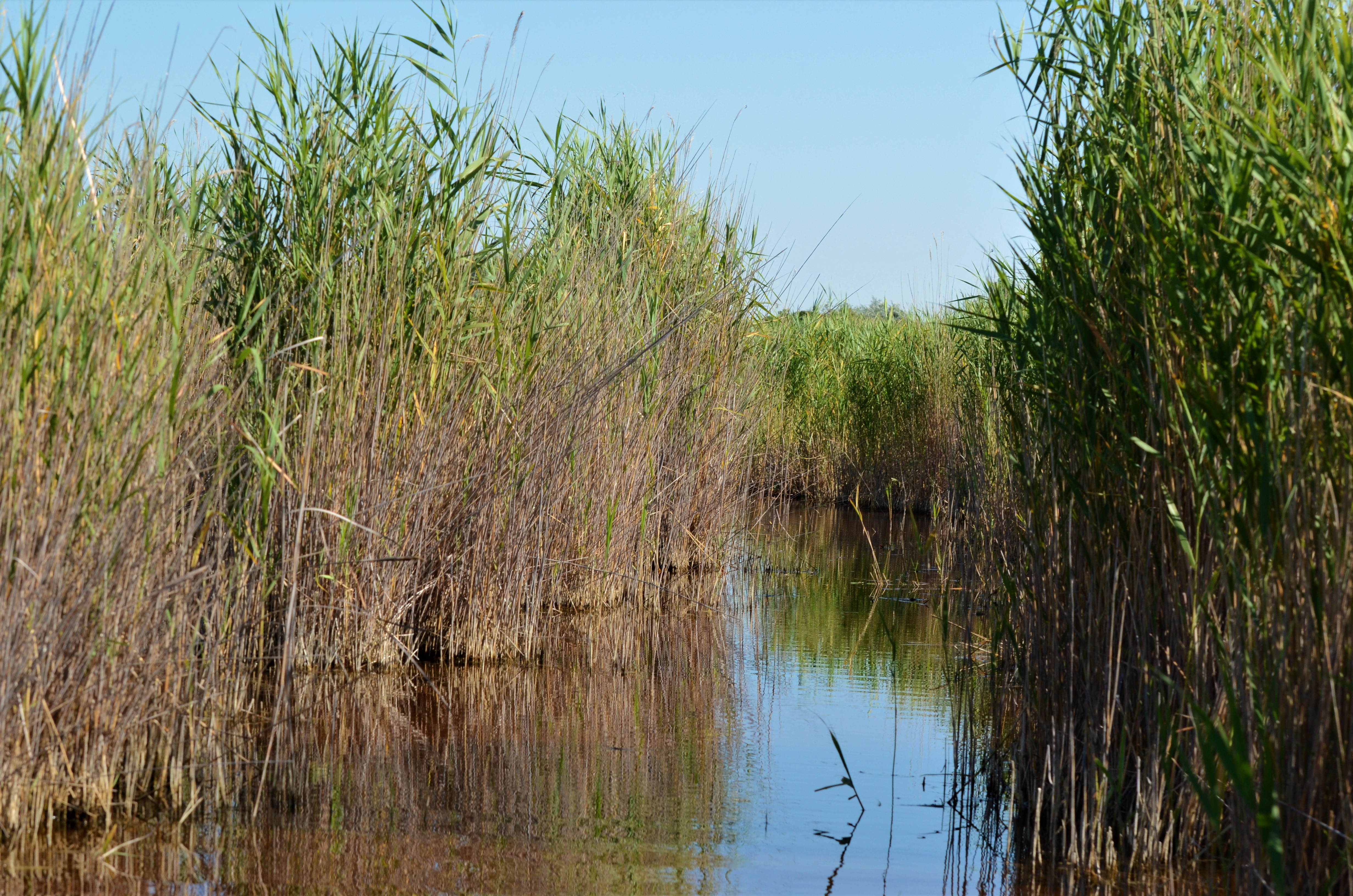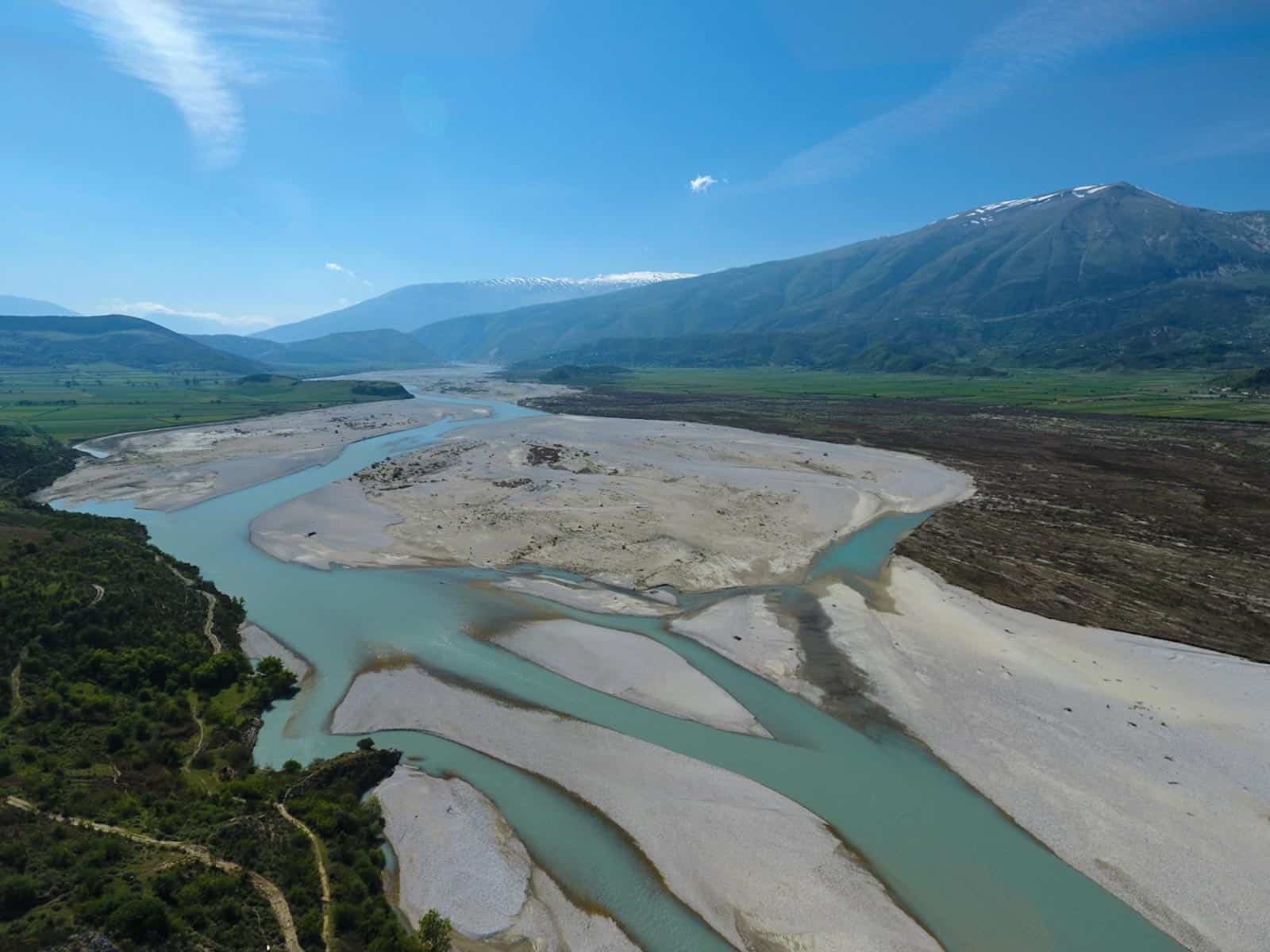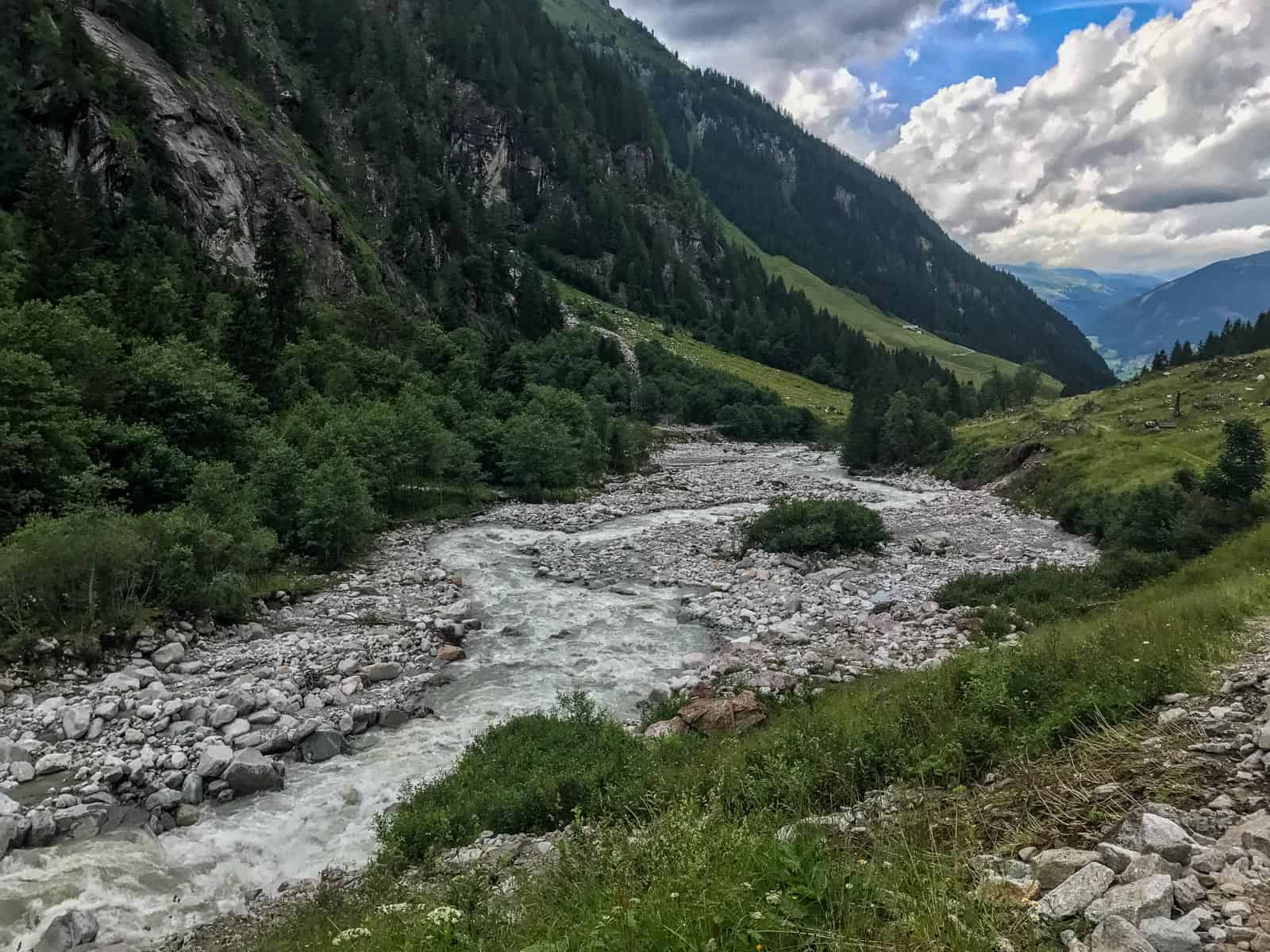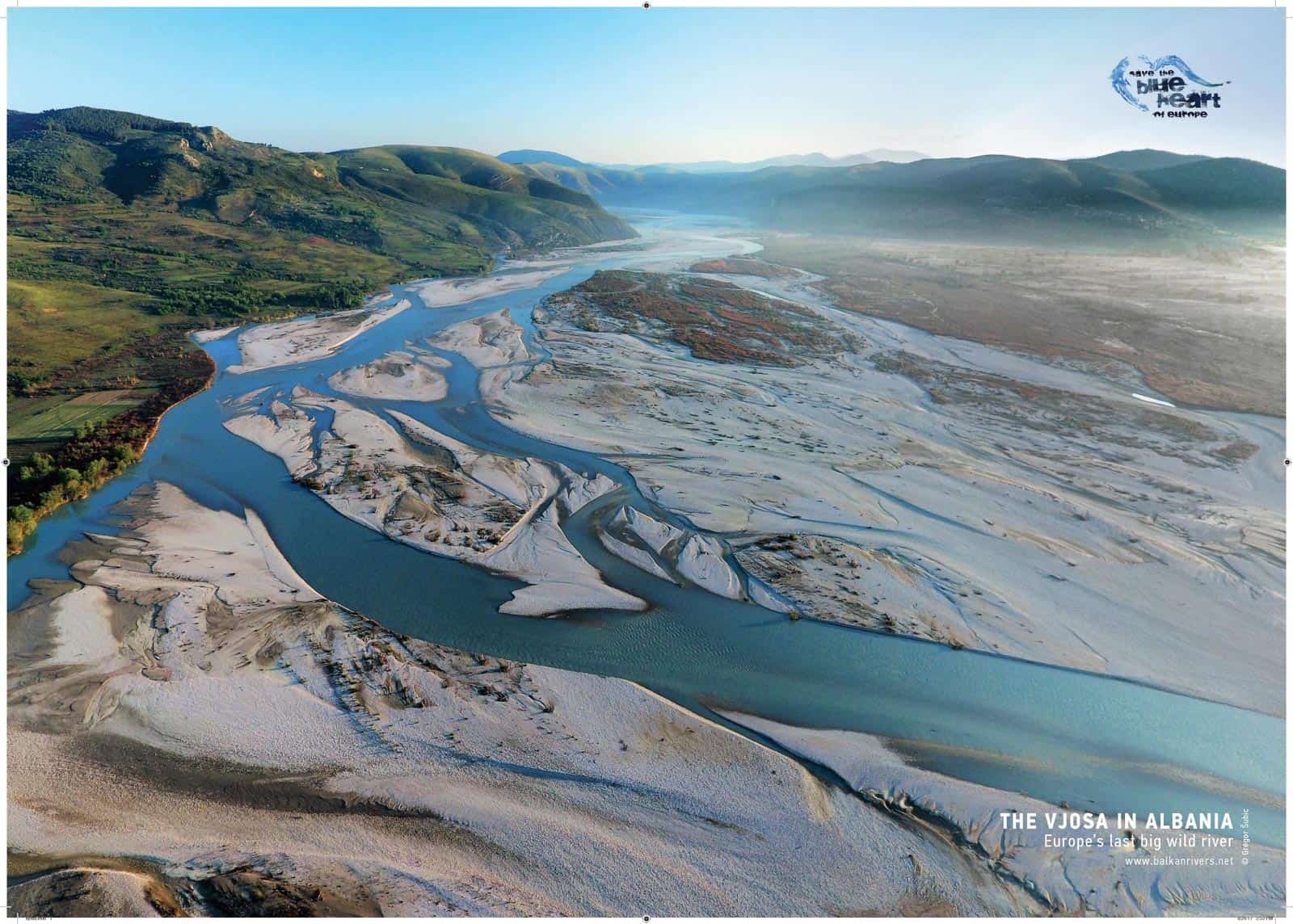Ongoing river destruction in Romania
The following message from the ‘Group of local Initiative – The Coalition for Biodiversity’ has come to our attention, which requires international attention and acknowledgement to prevent severe damages to important natural systems in Romania. We did not verify the content but thought it important enough to publish their statement.
Please also read: Romania: Management of Protect Areas and wild rivers
The Colibita Case
In Romania, the worst environmental situation is represented by the continuous deterioration of the ecological status of rivers. A genuine ecocide is amplifying, at a higher and higher pace, due to the conflict of interest Romanian Waters National Administration is set in. This institution, which should implement Water Framework Directive, is self-financed from destroying the rivers by all means, so this institution is practically a vehement opponent of implementing Water Framework Directive in Romania. The apex of this unlawful situation is represented by a case placed right where the Informal Meeting of Environment Attaches takes place, on Bistrița Valley.
It is the case of an illegal and devastating project, an unbelievable case of institutional charlatanism. It is meant to impair the EU funds, to misapply the Large Infrastructure Operational Programme (LIOP), the Specific Objective 5.1, objective claimed to aim reducing the risks concerning floods. Despite the fact that Large Infrastructure Operational Programme clearly provides that funds are to be used with priority for measure specific to green infrastructure, Romanian Waters are putting pressure for a devastating, outdated river regulation project to be implemented on Bistrita River, on tens of kilometers.
Manipulative message
The first abuse about this project is the manipulating title: “Increasing the safety of Colibita Reservoir”. Actually, about 40 million euro out of the almost 50 million euro of the project are to be spent on river regulation works on Bistrita River, downstream from the reservoir, which obviously has nothing to do with the safety of the reservoir.
Even worse, it is proposed to spend these 40 million on flood protection measures on a river stretch where floods never happen, due to the big reservoir upstream, where the flow is regulated. This model of institutional charlatanism is not applied only for this project. There are at least three other similar projects, at Valea de Pesti reservoir, at Calinest-Oas dam and at Lesu dam, but there might be more in the list of 30 projects to be financed on LIOP, a list kept secret so far.
These devastating river regulation works include deforestation of riparian habitat, replacing the natural banks with concrete walls on 3.045 km, banks consolidation on 12.325 km, aggradation of banks on 10.240 km, 101 weirs etc. This represents the opposite of what Water Framework Directive provides: “Member States shall protect, enhance and restore all bodies of surface waters”. Even now, prior to this alteration, the river has a poor ecological status, due mainly to hydropeaking. The river body just upstream from the one threatened by the regulation project is completely dried up, because no ecological flow is observed downstream the dam, not even in the Gorge of Transylvanian Bistrita nature reserve.
Impacting Natura 2000 Cusma
The abuses do not end here. The project affects the integrity of a Natura 2000 site: Cusma. The site has a management plan, accomplished with EU financing, which is breached by the river regulation project. The project was subjected to appropriate assessment, and the conclusion of the study was that it has a significant negative impact on Cusma Natura 2000 site. Measures to reduce the impact had to be imposed, and these consisted in removing almost all hydro-morphological alterations from the project. Thus, a second, milder, form of the project was established and for this one an environmental permit was issued. But the people expecting to fill their accounts with EU money, from unnecessary destruction of the river course, were not content at all, so the Bistrita Environmental Agency came up with a faint to avoid the appropriate assessment study.
The project was changed again, the massive hydromophological alterations were reintroduced in the project, ending up with a form similar to the first one, so a form with significant negative impact on the Natura 2000 site. The environmental agency was notified and, instead of rejecting the request, because the project owner has practically annulled the measures to reduce the impact, did the opposite. It issued a screening stage decision without environmental impact assessment and without appropriate assessment.
International awareness needed
This faint is even more outrageous than it seems, due to the Romanian context. In Romania it is of wide public notoriety the fact that environmental impact assessments are fake, because they are directly payed by the project owner. The environmental agencies have the duty to keep under control this malfunction, by rejecting the false studies, studies which claim that projects with obvious significant impact do not have a significant effect. But the Bistrita-Nasaud Environmental Agency did the opposite, went around the study which, exceptionally, was objective. The biologists conducting the study wrote the truth, risking to never be contracted again. Further, the Agency continued this abuse despite the fact that the illegal decision was widely contested by the public during the consultation period.
This severe case must be known at European level (it is already largely presented by Romanian media) and must be stopped in due time. It is unconceivable to have EU fund being spent on useless and damaging projects, to spend EU funds on breaching EU law. In the end, financing the project at Colibita, and the ones at Valea de Pesti, Calinesti-Oas, Lesu etc., would mean that EU is financing not only deterioration of the environment, but is also financing boosting of corruption in Romania.

Subscribe to our newsletter!

